Optical Communication and Networking
About The Author
Shymala Thamarai his a degree in B.E - electronics & communication
engineering and a M.E Applied Electronics at Anna University. He Was worked in industry as a software engineer and project manager, specializing in embedded and Real Time System technologies Microprocessor, Signals & Systems , Embedded, VLSI , and Digital electronics. She is an Associate Professor and the Department of Electronics and communication Engineering at Kamarajar University.Contact as E-mail:
Legal Notes
ALL RIGHTS RESERVED. NO PART OF THIS BOOK MAY BE REPRODUCED OR TRANSMITTED IN ANY FORM OR BY ANY MEANS. PHOTOCOPYING, POSTING ONLINE, AND / OR DIGITAL COPYING IS STRICTLY PROHIBITED UNLESS WRITTEN PERMISSION IS GRANTED BY THE BOOKS PUBLISHING COMPANY. LIMITED USE OF THE BOOKS TEXT IS PERMITTED FOR USE IN REVIEWS WRITTEN FOR THE PUBLIC.
CONTENTS

1.1
1.2
1.3
1.4
1.5
Introduction
Ray theory transmission
. 1 Total internal reflection
Acceptance angle
Numerical aperture
Skew rays
Electromagnetic mode theory for optical propagation 11
Electromagnetic waves
Modes in a planar guide
Phase and group velocity
Cylindrical fiber
Modes
Mode coupling
Step index fibers
Graded index fibers
Single-mode fiber
Cutoff wavelength
Mode-field diameter and spot size
Effective refractive index
Group delay and mode delay factor
The Gaussian approximation
 Equivalent step index method
Equivalent step index method
Attenuation
Material absorption losses in silica glass fibers
Mie scattering
Nonlinear scattering losses
2.5 | Fiber bend loss | |
2.6 | Mid-infrared and far-infrared transmission | |
2.7 | Dispersion | |
2.8 | Intramodal Dispersion | |
2.8.1 Material dispersion | |
2.8.2 Waveguide dispersion | |
2.9 | Intermodal dispersion | |
2.9.1 Multimode step index fiber | |
2.9.2 Multimode graded index fiber | |
2.10 | Overall fiber dispersion | |
2.10.1 Multimode fibers | |
2.10.2 Single-mode fibers | |
2.11 | Polarization | |
2.11.1 Fiber birefringence | |
2.11.2 Polarization-maintaining fibers | |
2.12 | Nonlinear effects | |
2.13 | Fiber alignment and joint loss | |
2.13.1 Multimode fiber joints | |
2.13.2 Single-mode fiber joints | |
2.14 Fiber splices | |
2.14.1 Fusion splices | |
2.14.2 Mechanical splices | |
2.14.3 Multiple splices | |
2.15 Fiber connectors | |
2.15.1 Cylindrical ferrule connectors | |
2.15.2 Expanded beam connectors | |
2.16 Fiber coupler | |
2.16.1 Three- and four-port couplers | |
2.16.2 Star couplers | |
UNIT 3 | SOURCES AND DETECTORS | 83 - 104 |
3.1 | Introduction | |
3.2 | LEDs | |
3.3 | LED Structures | |
3.3.1 Surface emitter LEDs | |
3.3.2 Edge emitter LEDs | |
3.4 | The Semiconductor Injection Laser | |
3.4.1 Stripe geometry | |
3.5 | Injection Laser Structures | |
3.5.1 Gain-guided lasers | |
3.5.2 Index-guided lasers | |
3.5.3 Quantum-well lasers | |
3.6 | Optical Detectors | |
3.6.1 PIN Photo detectors | |
3.6.2 Avalanche photodiodes | |
3.7 | Photodetector Noise & S/N | |
3.7.1 Signal Calculation: | |
3.7.2 S/N Calculation: | |
3.8 | Photodetector Response Time | |
UNIT 4 | FIBER OPTIC RECEIVER AND MEASUREMENTS | 105 - 141 |
4.1 | Fundamental Receiver Operation | |
4.1.1 Optical Receiver Operation | |
4.1.2 Error Sources | |
4.2 | Receiver Configuration | |
4.3 | Probability of Error | |
4.4 | Quantum Limit | |
4.5 | Pre-Amplifiers | |
4.5.1 Low Impedance Preamplifiers | |
4.5.2 High Impedance Preamplifier | |
4.6 | Fiber attenuation measurements | |
4.6.1 Total fiber attenuation | |
4.6.2 Fiber absorption loss measurement | |
4.6.3 Fiber scattering loss measurement | |
4.7 | Fiber dispersion measurements | |
4.7.1 Time domain measurement | |
4.7.2 Frequency domain measurement | |
4.8 | Fiber refractive index profile measurements | |
4.8.1 Interferometric methods | |
4.8.2 Near-field scanning method | |
4.9 | Fiber cutoff wavelength measurements | |
4.10 | Fiber numerical aperture measurements | |
4.11 | Fiber diameter measurements | |
4.11.1 Outer diameter | |
4.11.2 Core diameter | |
UNIT 5 | OPTICAL NETWORKS | 142 - 171 |
SONET/SDH | |
5.1 | Broadcast and select WDM Networks | |
5.2 | 5.2.1 Broadcast and select single hop network | |
5.2.2 Broadcast and select Multihop networks | |
5.2.3 The Shuffle Net Multihop Network | |
Wavelength Routed Networks | |
5.3 | 5.3.1 Optical Cross Connect | |
5.3.2 Performance Evaluation of Wavelength Conversion | |

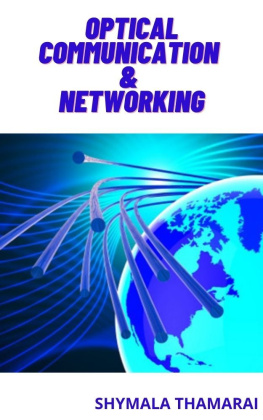

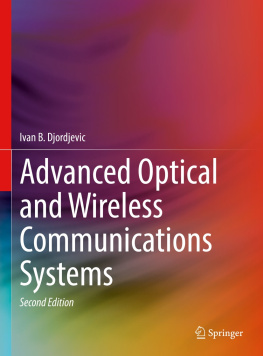

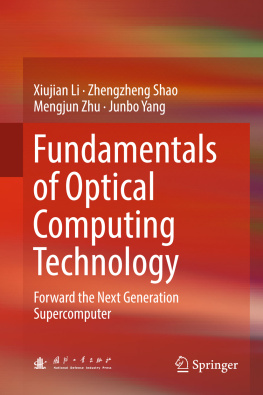


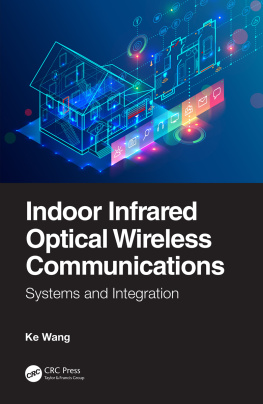
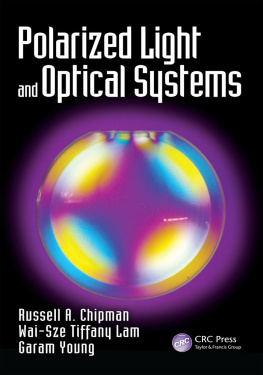
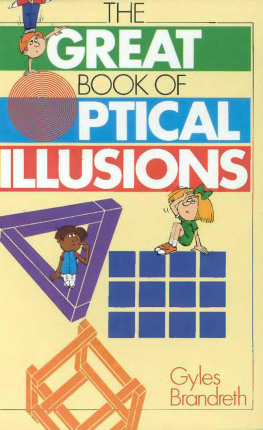

 Equivalent step index method
Equivalent step index method